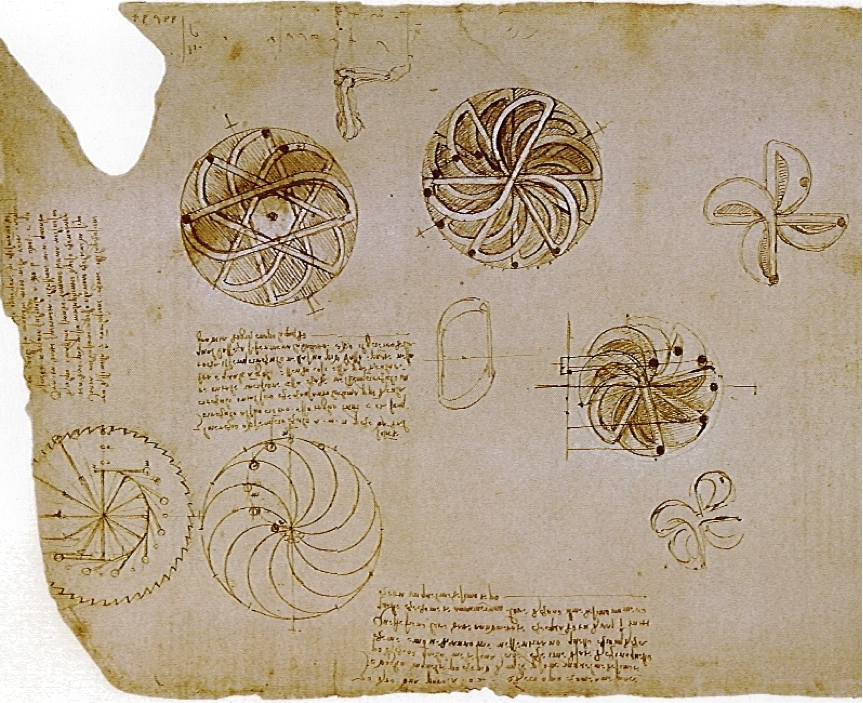Soon after the first election of Donald Trump to the presidency of the United States, George Orwell’s Nineteen Eighty-Four became a bestseller again. Shooting to the top of the American charts, the novel that inspired the term “Orwellian” passed Danielle Steel’s latest opus, the poetry of Rupi Kaur, the eleventh Diary of a Wimpy Kid book, and the memoir of an ambitious young man named J. D. Vance. But how much of its renewed popularity owed to the relevance of a nearly 70-year-old vision of shabby, totalitarian future England to twenty-first century America, and how much to the fact that, as far as influence on popular culture’s image of political dystopia, no other work of literature comes close?
For all the myriad ways one can criticize his two administrations, Trump’s America bears little superficial resemblance to Oceania’s Airstrip One as ruled by The Party. But it can hardly be a coincidence that this period of history has also seen the concept “post-truth” become a fixture in the zeitgeist.
There are many reasons not to want to live in the world Orwell imagines in Nineteen Eighty-Four: the thorough bureaucratization, the lack of pleasure, the unceasing surveillance and propaganda. But none of this is quite so intolerable as what makes it all possible: the rulers’ claim to absolute control over the truth, a form of psychological manipulation hardly limited to regimes we regard as evil.
As James Payne says in his Great Books Explained video on Nineteen Eighty-Four, Orwell worked for the BBC’s overseas service during the war, and there received a troubling education in the use of information as a political weapon. The experience inspired the Ministry of Truth, where the novel’s protagonist Winston Smith spends his days re-writing history, and the dialect of Newspeak, a severely reduced English designed to narrow its speakers’ range of thought. Orwell may have overestimated the degree to which language can be modified from the top down, but as Payne reminds us, we now all hear culture warriors describe reality in highly slanted, politically-charged, and often thought-terminating ways all day long. Everywhere we look, someone is ready to tell us that two plus two make five; if only they were as obvious about it as Big Brother.
Related content:
George Orwell Explains in a Revealing 1944 Letter Why He’d Write 1984
George Orwell’s Harrowing Race to Finish 1984 Before His Death
George Orwell’s Final Warning: Don’t Let This Nightmare Situation Happen. It Depends on You!
What “Orwellian” Really Means: An Animated Lesson About the Use & Abuse of the Term
Aldous Huxley to George Orwell: My Hellish Vision of the Future is Better Than Yours (1949)
Based in Seoul, Colin Marshall writes and broadcasts on cities, language, and culture. His projects include the Substack newsletter Books on Cities and the book The Stateless City: a Walk through 21st-Century Los Angeles. Follow him on the social network formerly known as Twitter at @colinmarshall.






